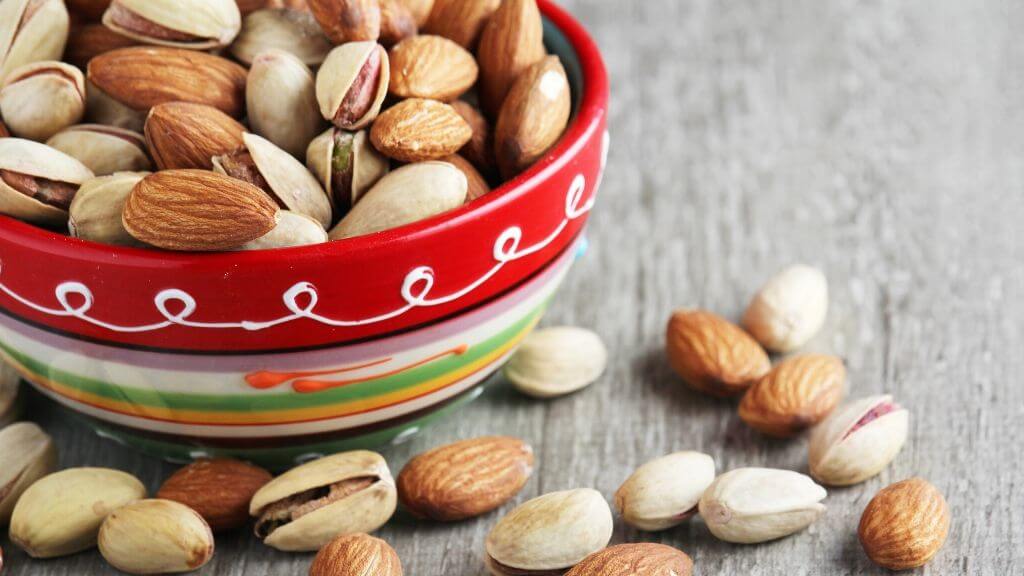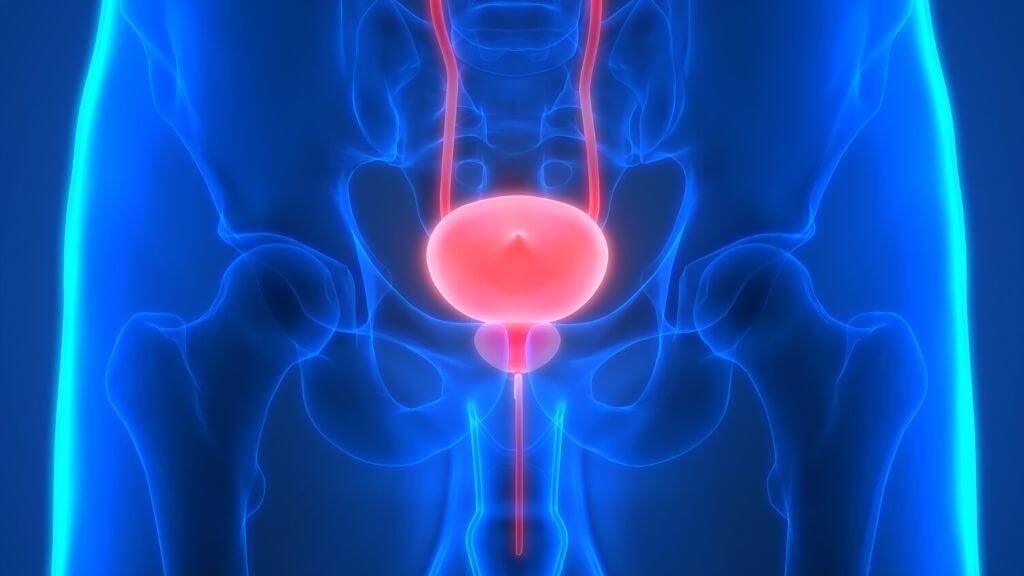Incontinence is a loss of bladder control, which causes you to accidentally leak urine, and it can happen to anyone. It is primarily a symptom of another health condition, and there are several medical conditions that can cause this.
For men, the likeliness of incontinence increases with age, but it can still occur in younger males too. Some men may even experience more than one type of incontinence.
Male Incontinence Causes
It is important to identify the underlying cause of your incontinence in order to treat the problem effectively. The conditions that are commonly known to cause male incontinence include:
♦ Chronic cough
♦ Obesity
♦ Constipation
♦ Bladder infections
♦ Obstruction in the urinary tract
♦ Enlarged prostate
♦ Nerve damage
Male Incontinence Symptoms
Male incontinence or accidental urine leakage is itself a symptom rather than a disease. Depending on what type of incontinence you have, you may also experience additional symptoms.
The most common symptoms experienced are accidental leakage and frequent or an urgent need to urinate. Urinary incontinence can also cause accidental leaking when you sneeze or cough. In cases where your bladder is full, you may also experience tenderness in that area.
Male Incontinence Diagnosis
Male incontinence is easily diagnosed, but identifying the cause is more challenging. Your doctors will first assess your medical history and conduct a physical examination to identify problems.

In addition to this, your doctor may also perform other tests such as rectal exams to identify prostate problems or diagnostic tests to analyze urine and blood samples.
Treatment for Male Incontinence
Treatment for male incontinence depends on the underlying causes, and treatment plans often involve a combination of medications and lifestyle changes. The common types of medication used to treat male incontinence include:
♦ Alpha-blockers, which are prescribed to those with an enlarged prostate and helps men to empty their bladder more effectively
♦ Anticholinergics, which are used to treat overactive bladders
♦ Mirabegron, which relaxes bladder muscles in order to increase the amount of urine your bladder can hold.
♦ Botox, which is injected into the bladder to help relax muscles
Male Incontinence Diet
An overall balanced and healthy diet can help promote optimal health, which can protect against bladder issues. With prostate cancer being one of the most common causes of urinary incontinence in men, protecting against incontinence is a great way to keep your bladder healthy too.
A blanched diet consisting of certain key foods can help to achieve this.
♦ Berries: All berries are full of antioxidants, which work to protect you against oxidative damage, which also protects against cancer.
♦ Nuts: Nuts are full of antioxidants, and certain nuts provide additional benefits for your health. Pistachios can lower cholesterol, and almonds promote weight loss.
♦ Whole grains: Constipation can cause incontinence flare-ups, so eating plenty of fiber helps prevent this.
♦ Cruciferous vegetables: Broccoli, cauliflower, kale, and Brussel sprouts have been found to protect against enlarged prostate and cancer.
Natural Treatments for Male Incontinence
Along with medications, your doctor will recommend lifestyle changes to help reduce male incontinence. By controlling the number of fluids you drink, and when you drink them, you can help control the urge to go.

It is best to drink smaller amounts of liquid at regular intervals during the day. You can also start bladder training by delaying when you use the bathroom. By gradually making your bladder wait, you strengthen its muscles and reduce incontinence. There are also exercises you can do to strengthen the pelvic floor muscles and those in the urinary tract system.
Urinary incontinence cannot always be prevented because you do not have control over certain risk factors like age and neurological conditions. There are lifestyle changes you can make that will help reduce the risk and help treat the problem, should it arise.
♦ Not smoking or quitting
♦ Eating a balanced diet
♦ Cutting back on alcohol and caffeine
♦ Being more active and losing weight
♦ Prevent constipation with a diet full of fiber
What Are the Variations of Male Incontinence?
There are six different types of urinary incontinence that can affect men.
♦ Urgency incontinence: you feel a sudden urge to urinate that is followed by accidental leakage
♦ Stress incontinence: leakage occurs as a result of quick movements or pressure like coughing or sneezing.
♦ Overflow incontinence: leakage occurs because of a full bladder
♦ Transient incontinence: this is usually the result of a temporary infection in the urinary tract or a side effect of medication
♦ Functional incontinence: obstacles or physical disabilities keep you from getting to the bathroom in time, and accidental leakage occurs
♦ Mixed incontinence: when the cause of your incontinence falls under two or more of the above types
Male Incontinence Statistics
♦ Male urinary incontinence is less frequent than female incontinence, but it does occur in between 40 and 80 percent of the male population.
♦ Approximately 5 million men worldwide experience incontinence or other bladder problems.
♦ Stress incontinence accounts for less than 10 percent of all male incontinence cases, and it is usually the result of prostate cancer or surgery.
♦ 15 percent of all cases of incontinence occurs in males over the age of 60.
Male Incontinence and Surgery
Surgery is always a last resort for treating male incontinence, but if necessary, there are two procedures used for men.
♦ Artificial urinary sphincter balloon: a balloon is inserted around the neck of the bladder, which shuts off the urinary sphincter until you need to urinate. A valve placed under the skin deflates the balloon when you need to go to the bathroom, and the balloon refills when you are done.
♦ Sling procedure: The doctor uses a tissue to create a supportive pouch around the neck of the bladder, so the urethra stays closed if you run, sneeze, laugh, or cough.
You will usually recover in the hospital after either of these procedures, but in some cases, you can leave the same day as the procedure.
What Is the Long-Term Outlook?
If you are experiencing any symptoms of urinary incontinence, it is important to speak with your doctor right away. It is easy to treat bladder control problems, especially when they are diagnosed early.
When you work closely with your doctor and follow the advised treatment plan carefully, you can regain control of your bladder, and urinary incontinence doesn’t have to interfere with your livelihood or quality of life.







